10 Important Points For Ship’s Mooring Equipment Maintenance
Correct operation of the mooring equipment onboard is indeed important for the overall safe operation of a vessel in port. Mooring, being such a critical operation, reminds us of the fact that any unforeseen event could prove dangerous and sometimes fatal.
In order to implement safety and avoiding lives to be at risk, it’s imperative for ship’s personnel to maintain high standards of integrity of the mooring equipment. A better way will be to incorporate all the parts of the mooring equipment into the ship’s planned maintenance system.
Let’s see how to adhere to the maintenance of the mooring mechanisms onboard –
1. Make Checks Prior Mooring – After an extended sea passage or a passage undertaken in heavy seas and prior to mooring operation, ensure to check the following –
i. Any physical damages to the mooring mechanism.
ii. All controls, linkages and the operating levers are well oiled, greased and free / easy to use.
iii. Ensure that all the brake drums and linings are suitably dried and clean of salt deposits.
2. Do Frequent Greasing of Moving Parts – All rotating parts of the mooring equipment, which would include rollers, fairleads, winch drums, deck stands etc. must be moved and lubricated on a frequent basis. Multipurpose grease is the best lubricant for such applications (check the vessel’s lubricating chart for the right application). Normally, high pressure grease guns are used for this kind of work. Particular attention must be given to the roller fairleads and deck stands as these often suffer from little use and thereby are neglected. Rollers should turn smoothly and must be checked for integrity as corrosion may have weakened them.

Tip – Always check the grease nipples before application and make sure the nipples are free of rust, salt and grit. Change the nipples if necessary.
3. Check Brake Liners – Regular inspections must be made of the winch / windlass brake linings for wear and tear. Oil, heavy rust and moisture on the brake linings or the drums could seriously reduce the brake holding capacity of the winch and in some cases as much by 75%. To remove the moisture in the linings, apply the brakes lightly while running the winch (remember to avoid excessive wear and tear during this operation). Oil has the tendency to get impregnated into the lining itself which is difficult to remove. Thus the only option would be to change the lining as early as possible. Remember that the brake holding capacity of the winch is dependent upon the type of mooring pattern used.
4. Check Break Drums : Whenever brakes are opened up for any reason, ensure that the brake drum is thoroughly checked / examined for build up of rust or other worn out brake material. The part to be de-scaled and fitted with the replacement as required.
5. Check Brake Linkages – The brake linkages should be checked for free movement. If the linkages are not free then there would be a loss of brake holding capacity. This would create a wrong impression to the operator that the brake has been applied fully, but in fact has not or the brake mechanism is hardened up from lever bars ,which have a tendency to build up high stresses on some mechanical parts of the brakes.
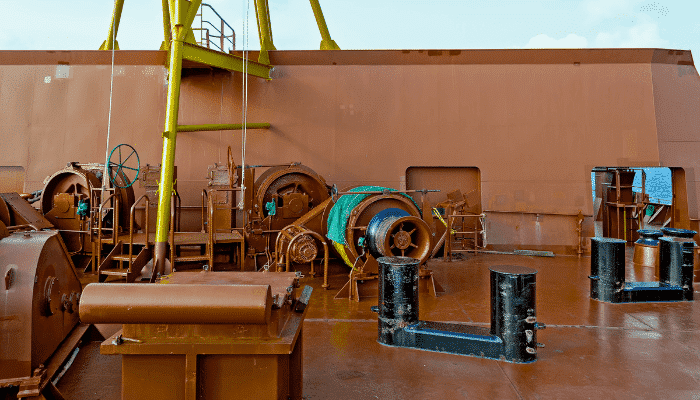
6. Inspect Gear / Hydraulic Oil – Inspect the gear oil regularly through the inspection cover in the winch / windlass. Whitish color of the liquid means the liquid is contaminated and requires to be changed immediately. Use the replacement oil that is recommended by the manufacturers.
7. Carry Out Regular Visual Inspection: Ensure that regular inspection of the synthetic mooring hawsers, heaving lines, messenger ropes, etc. is carried out for damages, chafed areas, kinks and loose ends. Also make sure that each mooring rope carries a certificate from the manufacturer. Additionally, check that the ID number of each certificate is conspicuously marked / embossed on an identification plate and subsequently attached to the end of the corresponding mooring hawser. If the hawser is not supplied with the certificate, then the vessel has all the right to reject such a supply and inform the office / purchasing department.
8. Clear Walkway: An important part of the mooring operation is to have the deck completely free of obstructions and oily residues. Therefore, it is essential to keep the decks clean, dry and if possible have anti-slip paint coatings over the deck surface, as and how required. Often there have been cases where the support brackets for the gratings (for winch operation) have been found neglected and therefore are heavily corroded making the area most unsafe to step on. Officers should include such neglected yet critical areas for planned maintenance in order to prevent an unforeseen event when least expected.
9. Do Proper Marking and Labeling: Marking the mooring equipment is another important aspect for a safe and effective operation. The ship’s officers should ensure that the bollards, fairleads, rollers, etc. are marked with their safe working limits. Additionally, the winches and windlass shall be marked for rotating direction of the drums (render / heave), braking capacity, test dates and ID numbers of the equipment subsequent to the certificates carried onboard.
10. Maintenance of Steel Wire Mooring Ropes – It is essential to grease and lubricate the steel wire mooring ropes at regular intervals as rust will reduce the strength of the wire in a very short period of time. Lubricating such ropes require special grease, normally oil based compounds. An effective greasing is carried out by removing the entire wire out of its stowed position and applying the lubricant generously throughout the length of the rope. It is also important to note that the wire should be turned end to end regularly to reduce wear and prevent corrosion. Visual inspections are equally important and should be carried out regularly with special attention to areas with dark patches. Any wire shall be replaced if it is damaged to the extent that more than 10% of the visible strands in a length of a wire equal to 8 diameters are broken.
These are some of the important points that must be considered while carrying out mooring equipment maintenance. Do know any other important points? Let’s us know in the comments below.
Do you have info to share with us ? Suggest a correction
Latest Ship Safety Articles You Would Like:

About Author
Bikram Pal Singh is a professional mariner and blogger. He has sailed extensively, serving on various Oil tankers and Offshore Vessels. He enjoys reading and compiling notes about critical shipboard operations and crew psychology.
Latest Marine Navigation Articles You Would Like:
Subscribe To Our Newsletters
By subscribing, you agree to our Privacy Policy and may receive occasional deal communications; you can unsubscribe anytime.



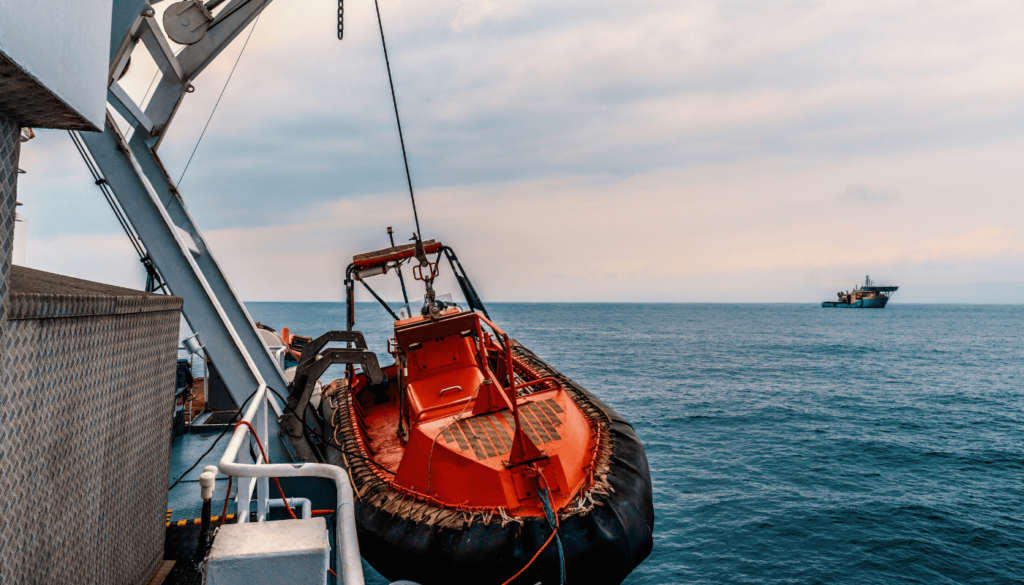
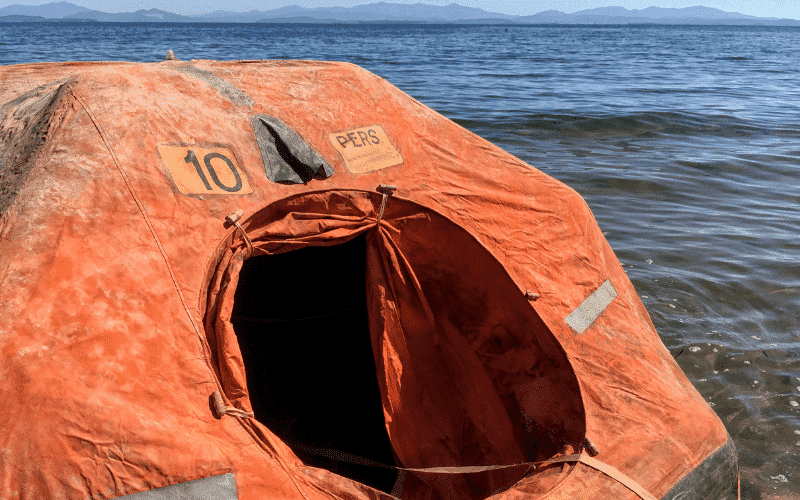
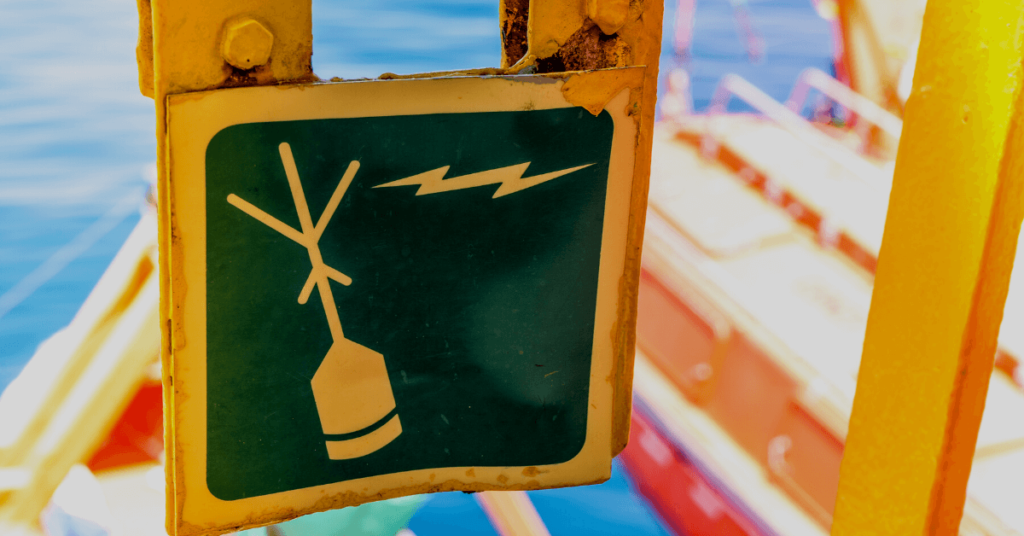
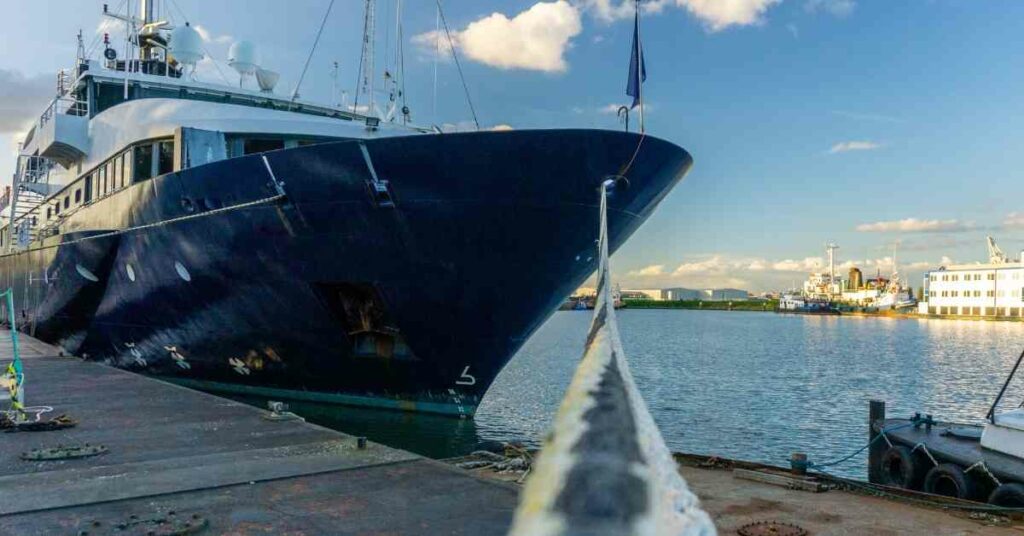
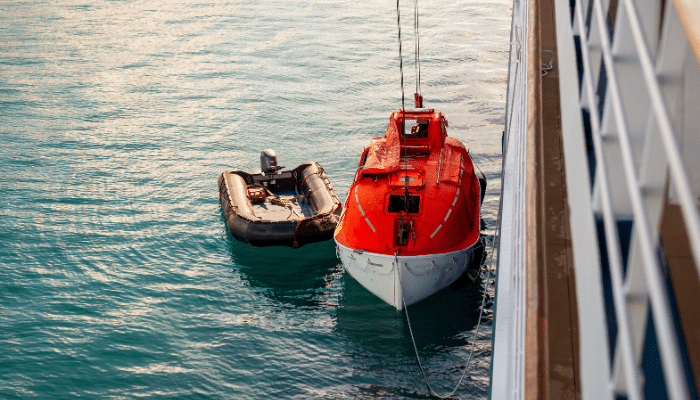
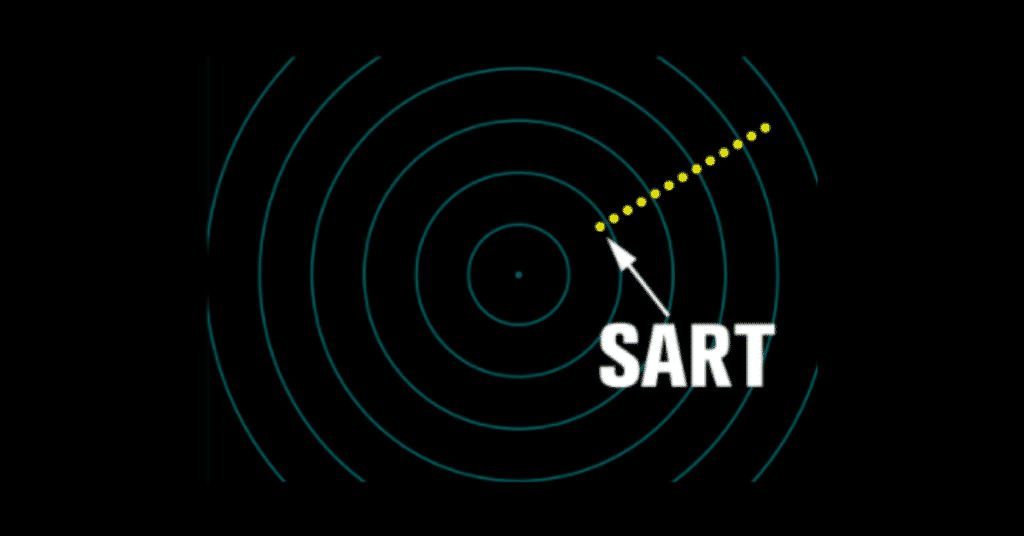
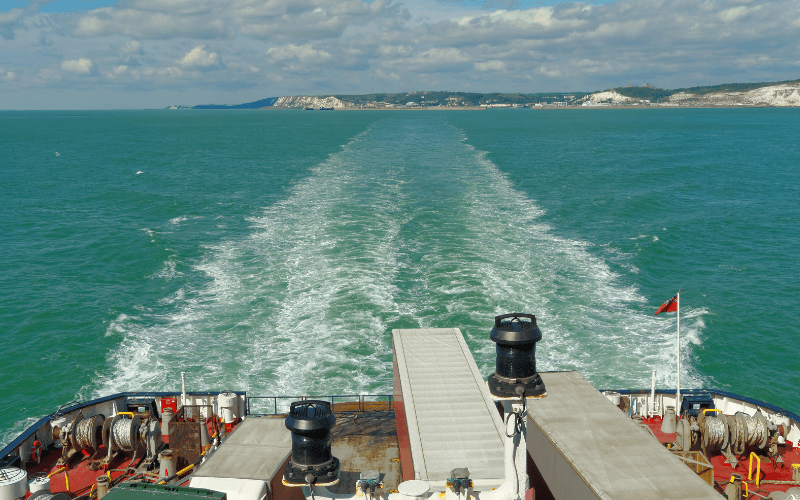
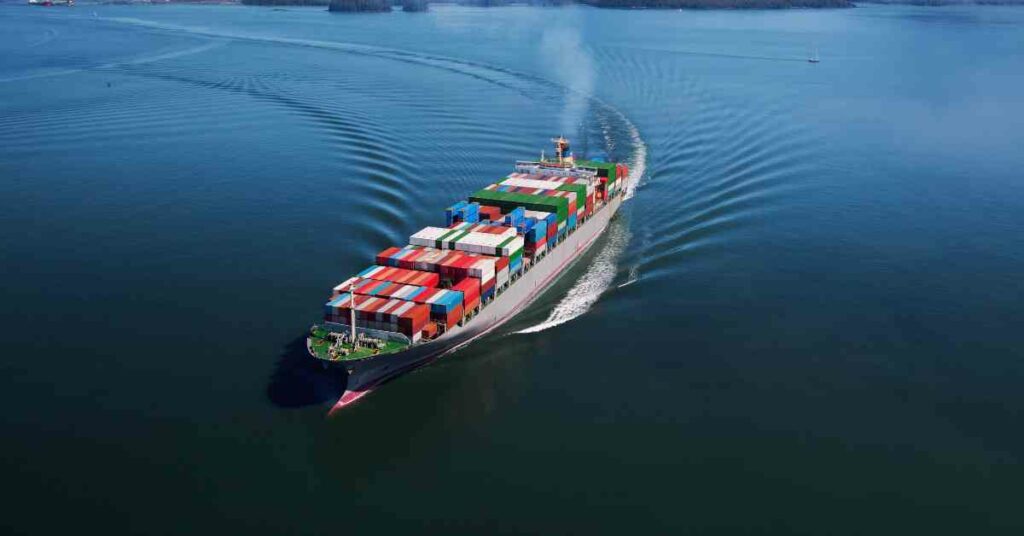
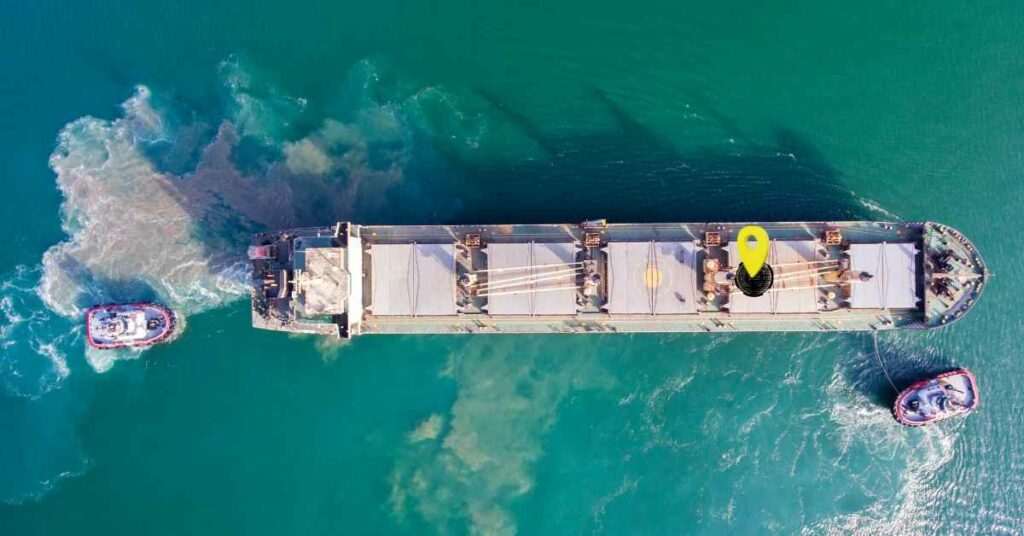
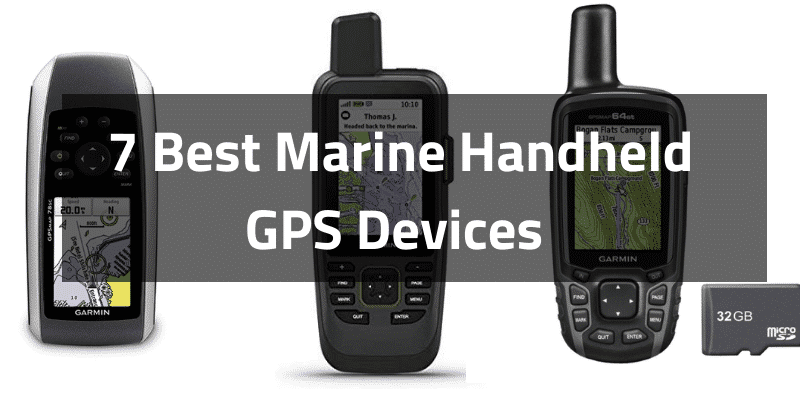
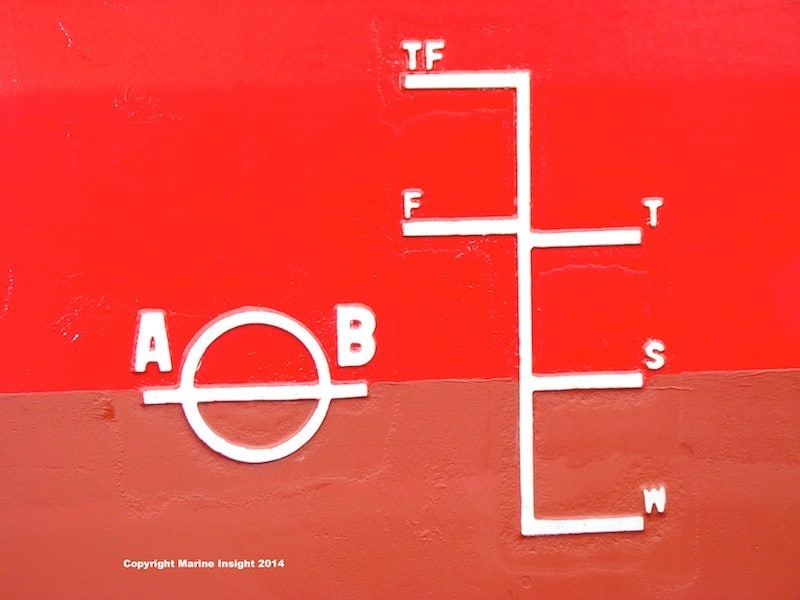
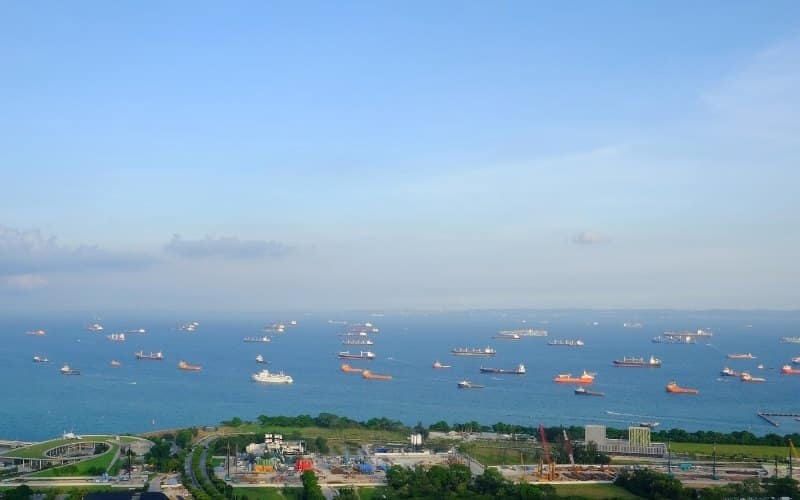

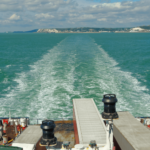
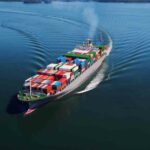

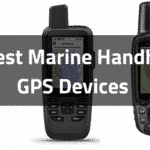
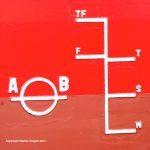

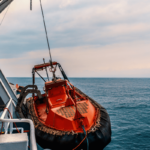
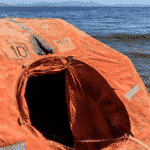
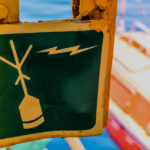

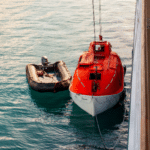
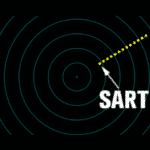
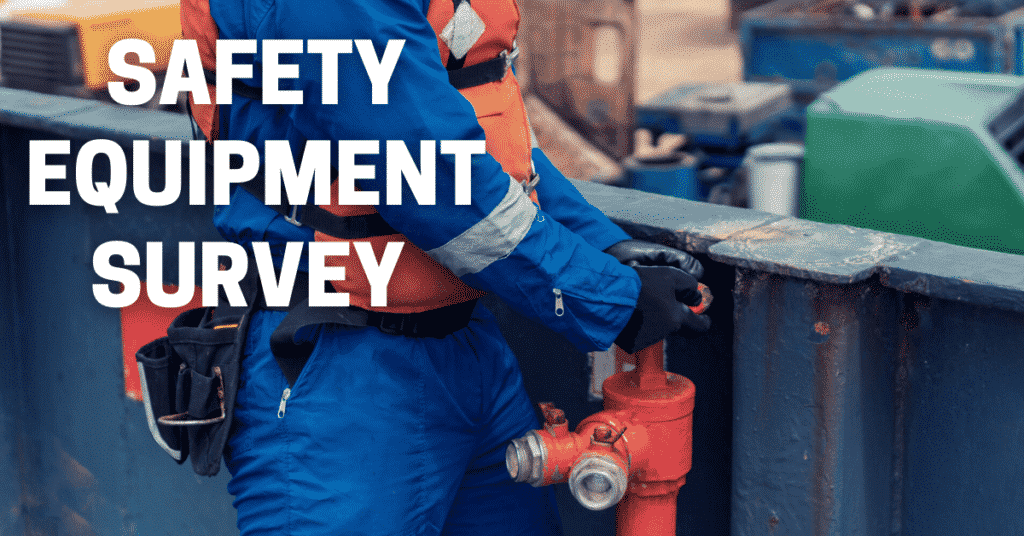
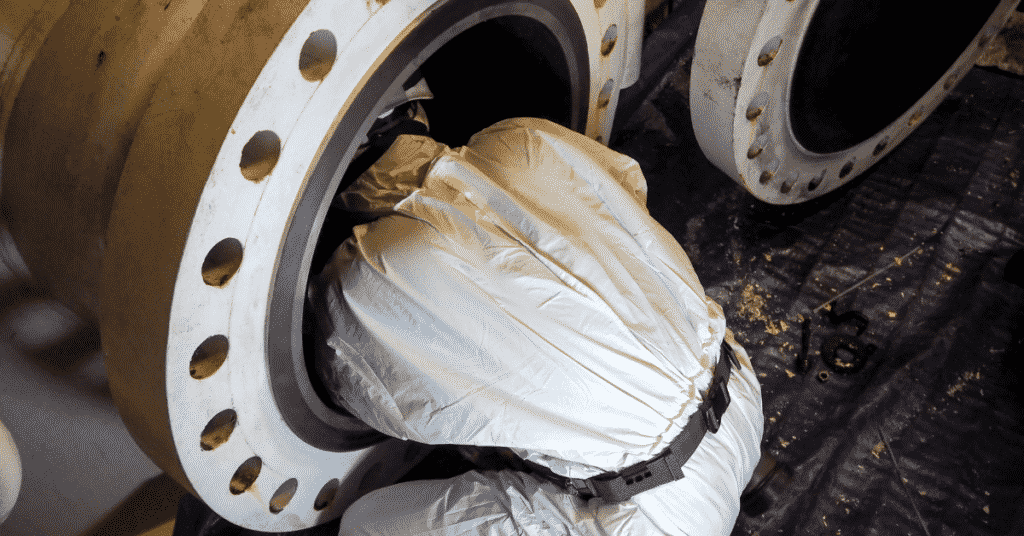
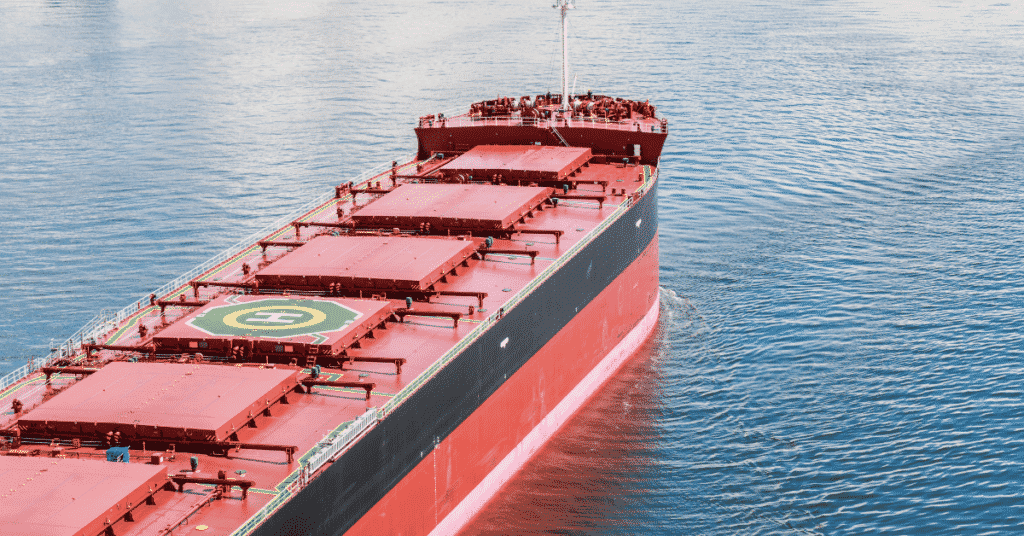
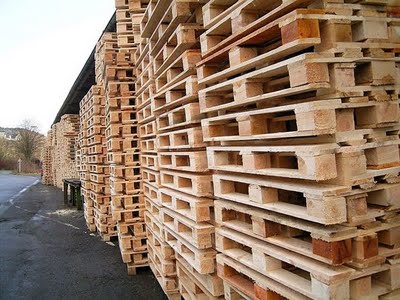


The clearance or space between brake band and its support must be maintained in order to avoid uneven wearing down of brake lining and flattening of brake band. Please refer to Maker’s operating manual for correct clearance, but normally it is 1 ~ 2 mm.
It is highly recommended to take additional lashing whilst greasing the windlass to avoid chains running-out.
Good advice reflects housekeeping and experience .
I am a mariner. Please send me marine vessel mooring facts for maintenance purposes.
Thanks.
There are many articles in our website. Please visit = >> https://www.marineinsight.com/category/tech/
Dear Sirs,
I am now working in the Seaman Jaya Maritime Training Center, Cirebon, West Java Indonesia as one of the institute of Basic Safety Training according to IMO course 1.19-1.20.1.21 and I am interesting to improve my knowledge by studying nautical basic operation on board the ship.
In this matter it is possible to me to get the basic nautical training certificate when I follow a long distance study with using internet? kindly advise how much do I have to pay and how long do I have to learn? How and when I can receive the original certificate in my country Indonesia?
Thanking you for your attention
Yours faithfully. Aries Rizkhumar PS
When should the brake liner be changed??
It is important and necessary to inspect and maintain the winch and winch parts regularly to ensure the winch is in good condition all the time, and to make sure it can function well during marine operations. It is very useful information and thanks for sharing it.
No matter what kind of winch you need, it matters a lot to choose a right and suitable one for different kinds of marine operations.
Nice post! Thanks for sharing.
nice post and you left a valuable information. thank you.